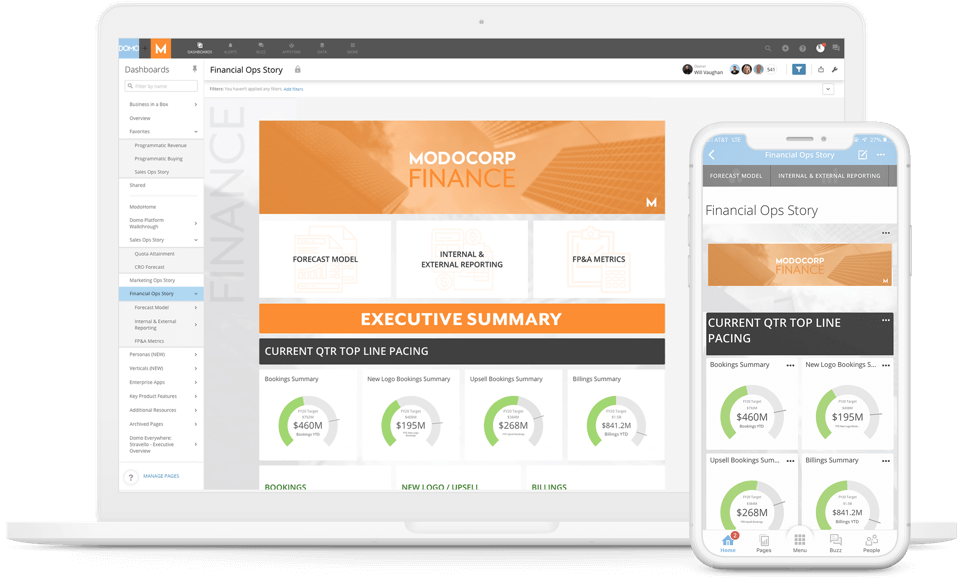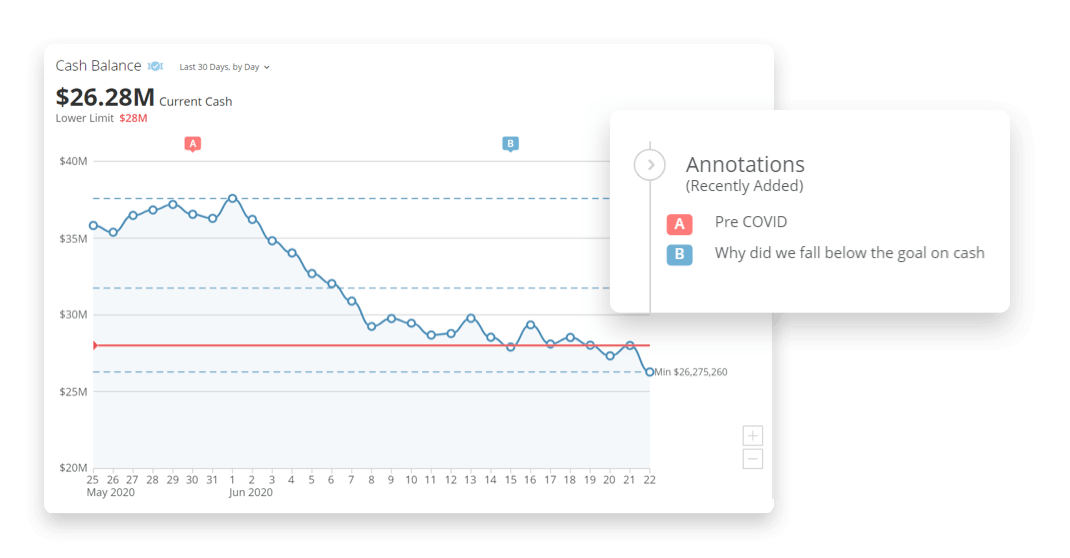Polishing a data diamond: The evolution of business intelligence and the modern data scientist
In the last few years, data science has exploded from a niche job to a booming industry.
Shedding its academic roots and affiliations with computer science and statistics, it’s become a general term for what used to be called business intelligence (BI).
In fact, results from Glassdoor’s 50 Best Jobs in America for 2020 found that the role of a business intelligence analyst and data scientist still ranks near the top of today’s most sought-after roles.
With this shift has emerged an entirely new set of responsibilities for data scientists. As BI becomes a fundamental part of what everyone does—not just data professionals who have spent years studying it—data science has become more accessible than ever.
The result is that it’s no longer simply an abstract thing that companies commission to be done by experts after they’ve made the business case for doing so—it’s part of how everyone works.

History lesson: The evolution of business intelligence
Analysis used to happen in a vacuum, but today every employee has an almost instinctual understanding of what data can tell them about everything from what a product should cost to where a potential customer lives, and they can use these insights to make real-time decisions.
In the past, team members responsible for BI were often relegated to their own department because they required specialized skills.
In some ways, this made sense: BI work is different from what engineers or designers spend their time on. But the downside to this separation is that it created a barrier between analysts and everyday employees, preventing everyone from working together as a cohesive unit.
While BI pros might not be familiar with engineering principles, they’ve been able to work more closely with those teams to overcome some of those hurdles by becoming better communicators and learning how engineers think.
Sharing a common goal of making informed decisions and delivering insights as quickly as possible, engineers and analysts alike understand the need to better integrate BI into everyday business.
From data science to business intelligence professionals
Data scientists were once charged with building complicated models that only their fellow statisticians could decipher.
Today’s data scientist has more on his or her plate than ever before, and certainly more than just churning out models.
A data scientist is now an individual who can perform analysis and leverage data to provide business value—someone who has a wide range of skills and knows how to use them.
In addition to being able to ask the right questions, they should be able to clean, manage and explore data as well as know when it’s necessary to call on peers from other departments—such as engineering or design—for help.

Modernizing data science
Data scientists have to be able to work with everyone on their team, from product managers and designers to engineers.
In the past, someone who was a specialist who knew how to scope projects appropriately, articulate findings, and iterates based on feedback from different teams could only come from being part of a team that had done a lot of work together.
Now, it’s easier than ever to become a jack of all trades.
With more people working with BI and data science on a regular basis, they need to be comfortable working with multiple teams across their organization.
They also need to be able to grab the right data from the right source effortlessly—another skill that may have once required an analyst or developer.
And this data has to be able to scale with the business, meaning that it’s speedier and more accessible than ever before—and it needs to be able to answer questions accurately.
The result is that it’s no longer simply an abstract thing that companies commission to be done by experts after they’ve made the business case for doing so—it’s part of how everyone works.
Bridging the gap between data science and business users
Business users need to be able to dig into data on their own, without having to rely on an intermediary.
The days of pushing reports out on a Friday afternoon are over—today’s BI tools allow employees at all levels to access data and insights about what is happening in their own company.
This allows business teams, including product managers, marketers, and engineers, to make faster decisions every day.
Employees who are used to making business cases for data-driven projects also now feel more comfortable owning the discovery process themselves.
But what about BI tools that required specific expertise to use?
When most of these skill sets were siloed in their own departments, there was a need for more advanced tools that were built to support them.
As the field of data science becomes more mainstream, however, business users are expecting BI tools to be simple enough for them to use on their own—even if they don’t have an advanced degree in statistics or computer science.

Top capabilities of modern business intelligence tools
Business intelligence is rapidly evolving, providing new features to both technical and business-oriented end users.
Dashboarding
BI dashboards give you the ability to monitor your data in real-time. By implementing dashboards across your organization, employees can more easily consume the data they need to be successful in their positions. Dashboards containing data visualizations and reports are extremely easy to use with modern BI tools.
Automation
Automation is becoming more and more prevalent in businesses both large and small. By using a BI tool, businesses can automate the ingestion of their data through third-party data connectors. Data can then be transformed, visualized, and written to other systems all in an automated fashion.
No longer will IT need to be involved when your business users have questions about their data. Modern BI tools are built for the business user in mind.
Alerting
When anomalies or outliers in data occur, a business intelligence system can alert the business of these exceptions. Through email, text message, or push notification to a mobile device, employees can be prompted to take action whenever their data changes.
Real-time alerts can provide incredible value to your business, as you are now able to take quick action whenever issues arise.
Integration
Business intelligence is also becoming increasingly connected to the other software that businesses already use. Through the use of write-back capabilities, BI tools can become a system integrator for your company, reducing the amount of manual data entry your teams are performing. By integrating your current software stack into a BI tool, companies can create business systems that can scale to any size, increasing the efficiency of your employees.
Machine learning
BI tools also allow more advanced end-users such as data analysts or data scientists the ability to dive even deeper into your business data to extract insights. Through the use of pre-trained ML models, your business can test, deploy, and analyze new trends in your data. Some BI tools even offer low-code solutions that can be used by business users (that way there’s no need for IT or technical staff to be involved).

What is the future of BI?
The ability to find data, load it into the tool, and create dynamic dashboards is a difficult task.
Many emerging business intelligence tools have made this process much easier by automating these steps, allowing users to spend more time analyzing their data instead of struggling with finding it.
As technology evolves, so do the business intelligence tools that are built on it.
From visual discovery platforms to automated data science solutions, these types of modern BI applications are bringing even more success to organizations around the world—across practically every industry vertical.
Industries including retail, manufacturing, telecommunications, financial services, and the public sector have all been revolutionized by the introduction of modern BI.
With easy-to-use applications that can handle a variety of data sources and analytical techniques, organizations across these sectors no longer have to rely on a single tool for reporting and analytics needs—and they’re saving time and money in the process.
Conclusion
As companies grow, more employees are getting their hands on the data. This means that business intelligence tools must both empower these people to engage with their data and provide them with the necessary guidance so they get results faster.
Modern BI platforms enable everyone in an organization—from the executive team to individual contributors—to participate in their company’s data-driven success.
These tools also empower companies to keep up with the pace of change, as new technologies emerge and businesses expand into new markets.
It can be a challenge for companies to stay ahead of the curve, but modern BI solutions help both IT and business users alike discover more and do more with their data than ever before.
